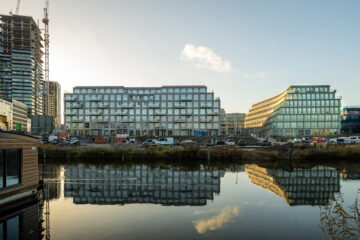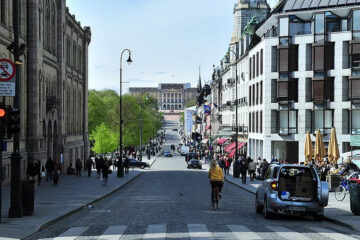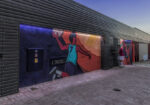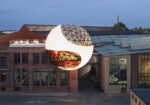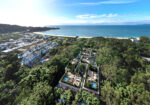The Role of Bars in the 15-Minute City: Fostering Community and Sustainability

The 15-minute city concept, spearheaded by Carlos Moreno and embraced by C40 Cities, envisions neighborhoods where residents can conveniently access most of their daily needs within a short walk or bike ride. While this vision holds promise for creating more livable and sustainable urban environments, the vitality of such communities hinges on the presence of vibrant third places, with bars playing a pivotal role.
Understanding Third Places
Sociologist Ray Oldenburg coined the term “third places” to describe social settings beyond the realms of home (first place) and work (second place). These include bars, cafes, bookstores, and other communal spaces where individuals gather to socialize, unwind, and forge connections with others in their community.
The Threat to Third Places
Even before the onset of the pandemic, third places were facing challenges. The closure of these establishments, coupled with the decline in communal spaces such as religious and recreational centers, has raised concerns about the erosion of community cohesion and social interaction.
Bars: Essential Community Hubs
Among third places, bars hold a special significance as vital community hubs. They serve as informal gathering spots where people from diverse backgrounds come together to share stories, engage in discussions, and form lasting bonds. Bars contribute to a sense of belonging and identity within neighborhoods, fostering a strong sense of community spirit.
Bars in the 15-Minute City Framework
In the context of the 15-minute city, bars play a critical role in shaping complete neighborhoods. Their proximity reduces reliance on long-distance travel for social engagements, promoting sustainable lifestyles and minimizing carbon emissions associated with transportation. By encouraging local patronage, bars contribute to the economic vitality of neighborhoods while enhancing social connectivity.
Challenges Amidst Opportunities
While the pandemic has posed significant challenges to the viability of third places, including bars, there is optimism about their resurgence as communities adapt and recover. The shift towards outdoor spaces as alternative social venues presents new opportunities for the revitalization of bars and other third places in the post-pandemic era.
Looking Ahead: Preserving Community Spaces
As cities strive to create more inclusive and sustainable urban environments, preserving and promoting third places like bars is paramount. These spaces serve as anchors of community life, fostering social cohesion, and enhancing overall well-being. By prioritizing the development of vibrant third places, cities can build stronger, more resilient communities for the future.


